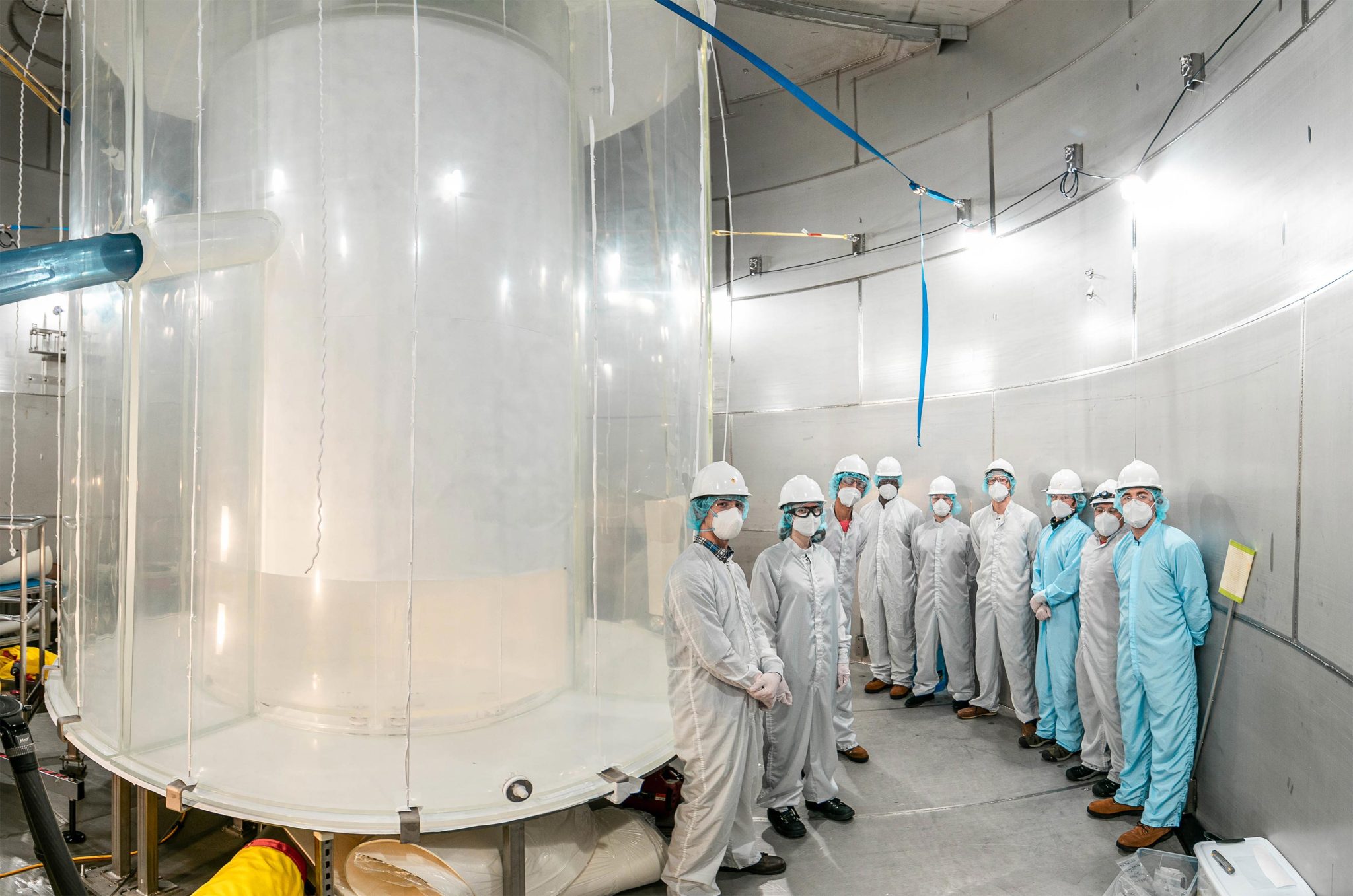
Membres de l’équipe LZ dans le réservoir d’eau LZ après avoir installé le détecteur externe. Crédit : Matthew Capost, installation de recherche souterraine de Sanford
Les chercheurs du laboratoire de Berkeley enregistrent le démarrage réussi du détecteur de matière noire LUX-ZEPLIN au centre de recherche souterrain de Sanford
Détecteur de matière noire innovant et d’une sensibilité unique Luxe Zeppelin (LZ) Expérience – a passé la phase de déconnexion des processus de démarrage et a fourni les premiers résultats. LZ est situé profondément dans les Black Hills du Dakota du Sud en Installation de recherche souterraine de Sanford (SURF) et est dirigé par le Lawrence Berkeley National Laboratory du Department of Energy (Berkeley Laboratory).
« Nous sommes prêts et tout semble bon », a déclaré Kevin Lesko, physicien en chef du laboratoire de Berkeley et ancien porte-parole de LZ. « C’est un détecteur complexe avec de nombreuses pièces et elles fonctionnent toutes bien dans les attentes », a-t-il déclaré.
Dans un article publié le 7 juillet sur l’expérience site WebLes scientifiques de LZ rapportent qu’avec le fonctionnement initial, LZ est déjà devenu le détecteur de matière noire le plus sensible au monde. Le document apparaîtra dans les archives de prépublication en ligne arXiv.org à une date ultérieure. Le porte-parole de LZ, Hugh Lippincott, de l’Université de Californie à Santa Barbara, a déclaré : « Nous prévoyons de collecter environ 20 fois plus de données dans les années à venir, donc nous ne faisons que commencer. Il y a beaucoup de science à faire, ce qui est très excitant. ! »

Faites des recherches sur le détecteur extérieur LZ, utilisé pour opposer son veto à la radioactivité qui peut simuler un signal de matière noire. Crédit : Matthew Capost/Installation de recherche souterraine de Sanford
Tandis que matière noire Les particules ne sont pas réellement détectées, elles peuvent ne pas être vraies plus longtemps. Le compte à rebours a peut-être déjà commencé avec les résultats des 60 premiers jours de tests en direct de LZ. Ces données ont été recueillies sur trois mois et demi d’opérations initiales commençant fin décembre. C’était assez long pour s’assurer que tous les côtés du détecteur fonctionnaient correctement.
Bien qu’elle soit invisible, car elle n’émet, n’absorbe ni ne diffuse de lumière, l’existence de la matière noire et l’attraction gravitationnelle sont néanmoins fondamentales pour notre compréhension de l’univers. Par exemple, la présence de matière noire, estimée à environ 85% de la masse totale de l’univers, façonne la forme et le mouvement des galaxies, et les chercheurs la citent pour expliquer ce que l’on sait de la structure à grande échelle. et l’expansion de l’univers.
Deux réservoirs en titane imbriqués remplis de dix tonnes de xénon liquide ultra-pur peuvent être visualisés par deux réseaux de tubes photomultiplicateurs (PMT) capables de détecter de faibles sources de lumière provenant du cœur du détecteur de matière noire LZ. Les réservoirs en titane sont situés dans un système de détection plus grand pour capturer les particules qui peuvent imiter un signal de matière noire.
« Je suis ravie de voir ce détecteur complexe prêt à résoudre le problème de longue date de la composition de la matière noire », a déclaré Natalie Palanque Delabruille, directrice du département de physique du Berkeley Lab. « L’équipe LZ dispose désormais de l’outil le plus ambitieux pour y parvenir ! »
Les phases de conception, de fabrication et d’installation du détecteur LUX-ZEPLIN ont été dirigées par Gil Gilchriese, chef de projet du Berkeley Lab, en collaboration avec une équipe internationale de 250 scientifiques et ingénieurs de plus de 35 institutions aux États-Unis, au Royaume-Uni, au Portugal et en Corée du Sud. Directeur des opérations LZ Simon Fiorucci de Berkeley Lab. Ensemble, ils espèrent utiliser l’instrument pour enregistrer la première preuve directe de la matière noire, ou de la soi-disant masse manquante dans l’univers.
Henrique Araujo, de[{ » attribute= » »>Imperial College London, leads the UK groups and previously the last phase of the UK-based ZEPLIN-III program. He worked very closely with the Berkeley team and other colleagues to integrate the international contributions. “We started out with two groups with different outlooks and ended up with a highly tuned orchestra working seamlessly together to deliver a great experiment,” Araújo said.
An underground detector
Tucked away about a mile underground at SURF in Lead, South Dakota, LUX-ZEPLIN is designed to capture dark matter in the form of weakly interacting massive particles (WIMPs). The experiment is underground to protect it from cosmic radiation at the surface that could drown out dark matter signals.
Particle collisions in the xenon produce visible scintillation or flashes of light, which are recorded by the PMTs, explained Aaron Manalaysay from Berkeley Lab who, as physics coordinator, led the collaboration’s efforts to produce these first physics results. “The collaboration worked well together to calibrate and to understand the detector response,” Manalaysay said. “Considering we just turned it on a few months ago and during COVID restrictions, it is impressive we have such significant results already.”

When a WIMP – a hypothetical dark matter particle – collides with a xenon atom, the xenon atom emits a flash of light (gold) and electrons. The flash of light is detected at the top and bottom of the liquid xenon chamber. An electric field pushes the electrons to the top of the chamber, where they generate a second flash of light (red). LZ will be searching for a particular sequence of flashes that cannot be due to anything other than WIMPs. Credit: LZ/SLAC
The collisions will also knock electrons off xenon atoms, sending them to drift to the top of the chamber under an applied electric field where they produce another flash permitting spatial event reconstruction. The characteristics of the scintillation help determine the types of particles interacting in the xenon.
The South Dakota Science and Technology Authority, which manages SURF through a cooperative agreement with the U.S. Department of Energy, secured 80 percent of the xenon in LZ. Funding came from the South Dakota Governor’s office, the South Dakota Community Foundation, the South Dakota State University Foundation, and the University of South Dakota Foundation.
Mike Headley, executive director of SURF Lab, said, “The entire SURF team congratulates the LZ Collaboration in reaching this major milestone. The LZ team has been a wonderful partner and we’re proud to host them at SURF.”

Chemists at Brookhaven Lab used this custom-made vacuum distillation system to purify linear alkyl benzene needed to produce liquid scintillator for the LZ dark matter experiment. Credit: Brookhaven Lab
Fiorucci said the onsite team deserves special praise at this startup milestone, given that the detector was transported underground late in 2019, just before the onset of the COVID-19 pandemic. He said with travel severely restricted, only a few LZ scientists could make the trip to help on site. The team in South Dakota took excellent care of LZ.
“I’d like to second the praise for the team at SURF and would also like to express gratitude to the large number of people who provided remote support throughout the construction, commissioning and operations of LZ, many of whom worked full time from their home institutions making sure the experiment would be a success and continue to do so now,” said Tomasz Biesiadzinski of SLAC, the LZ detector operations manager.
“Lots of subsystems started to come together as we started taking data for detector commissioning, calibrations and science running. Turning on a new experiment is challenging, but we have a great LZ team that worked closely together to get us through the early stages of understanding our detector,” said David Woodward from Pennsylvania State University who coordinates the detector run planning.

The LZ central detector in the clean room at Sanford Underground Research Facility after assembly, before beginning its journey underground. Credit: Matthew Kapust, Sanford Underground Research Facility
Maria Elena Monzani of SLAC, the Deputy Operations Manager for Computing and Software, said “We had amazing scientists and software developers throughout the collaboration, who tirelessly supported data movement, data processing, and simulations, allowing for a flawless commissioning of the detector. The support of NERSC [National Energy Research Scientific Computing Center] C’était inestimable. »
Avec la confirmation que la LZ et ses systèmes fonctionnent avec succès, a déclaré Lesko, il est temps de commencer des observations à grande échelle dans l’espoir qu’une particule de matière noire entre en collision avec du xénon.[{ » attribute= » »>atom in the LZ detector very soon.
LZ is supported by the U.S. Department of Energy, Office of Science, Office of High Energy Physics and the National Energy Research Scientific Computing Center, a DOE Office of Science user facility. LZ is also supported by the Science & Technology Facilities Council of the United Kingdom; the Portuguese Foundation for Science and Technology; and the Institute for Basic Science, Korea. Over 35 institutions of higher education and advanced research provided support to LZ. The LZ collaboration acknowledges the assistance of the Sanford Underground Research Facility.

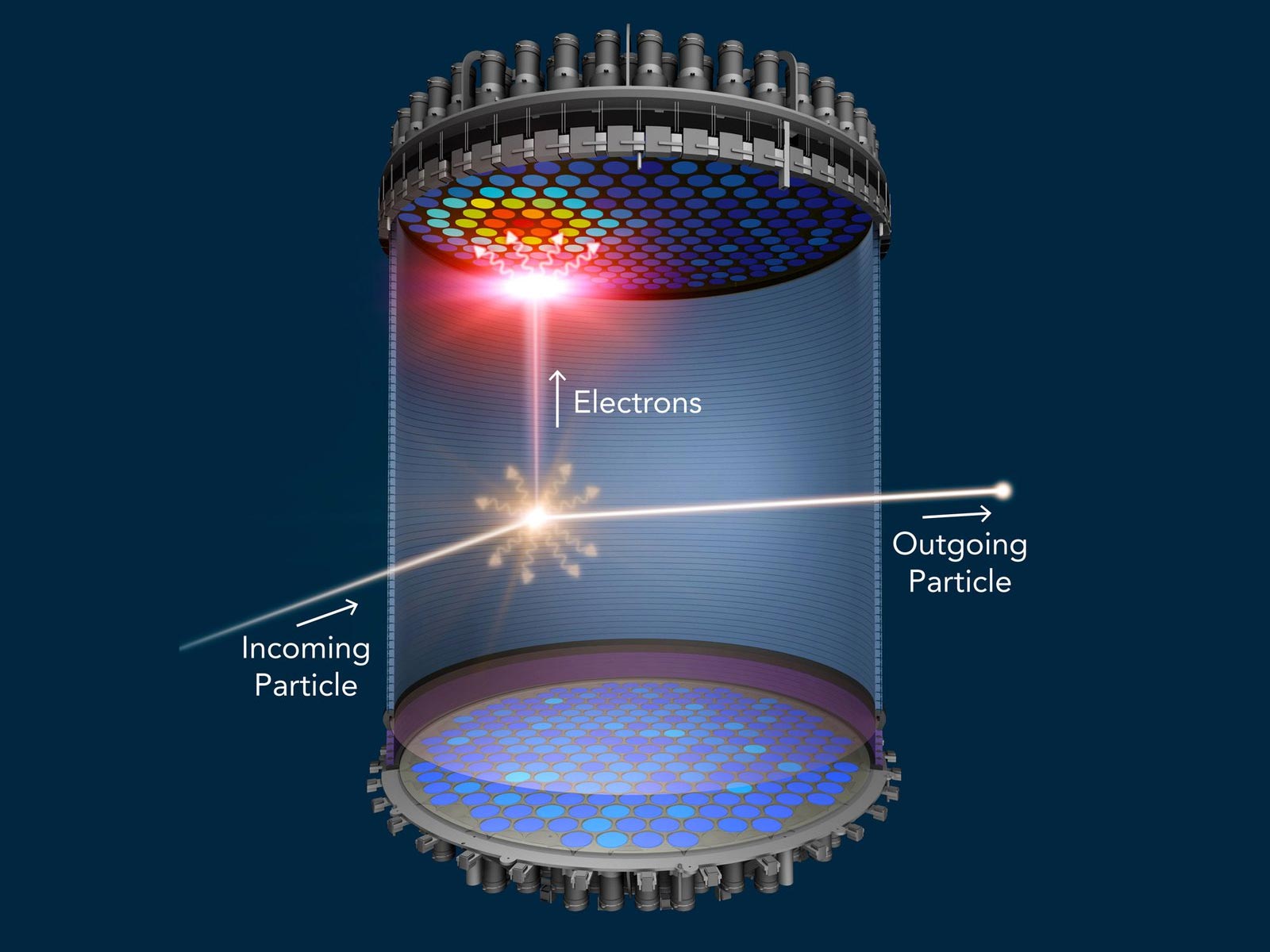

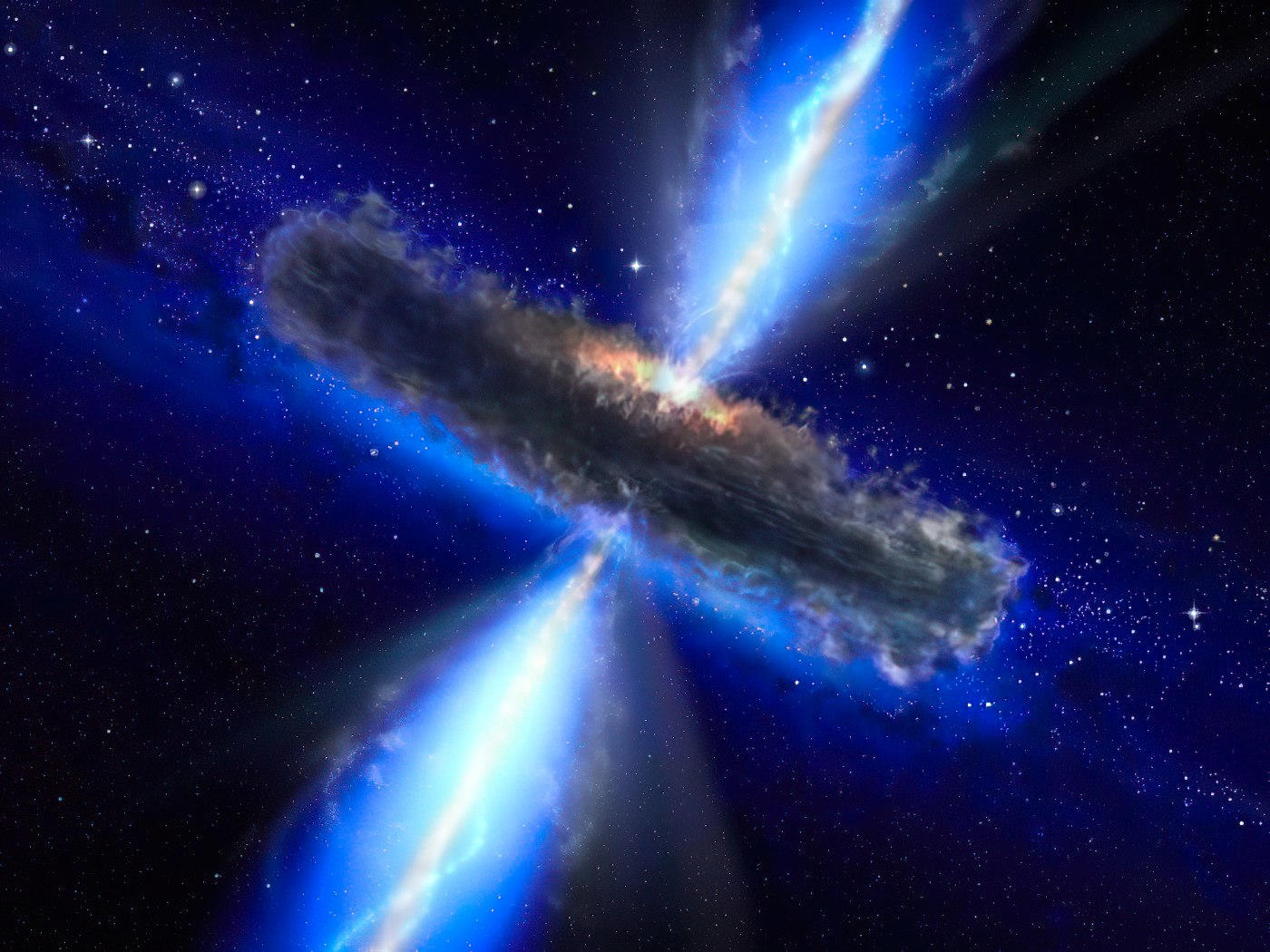

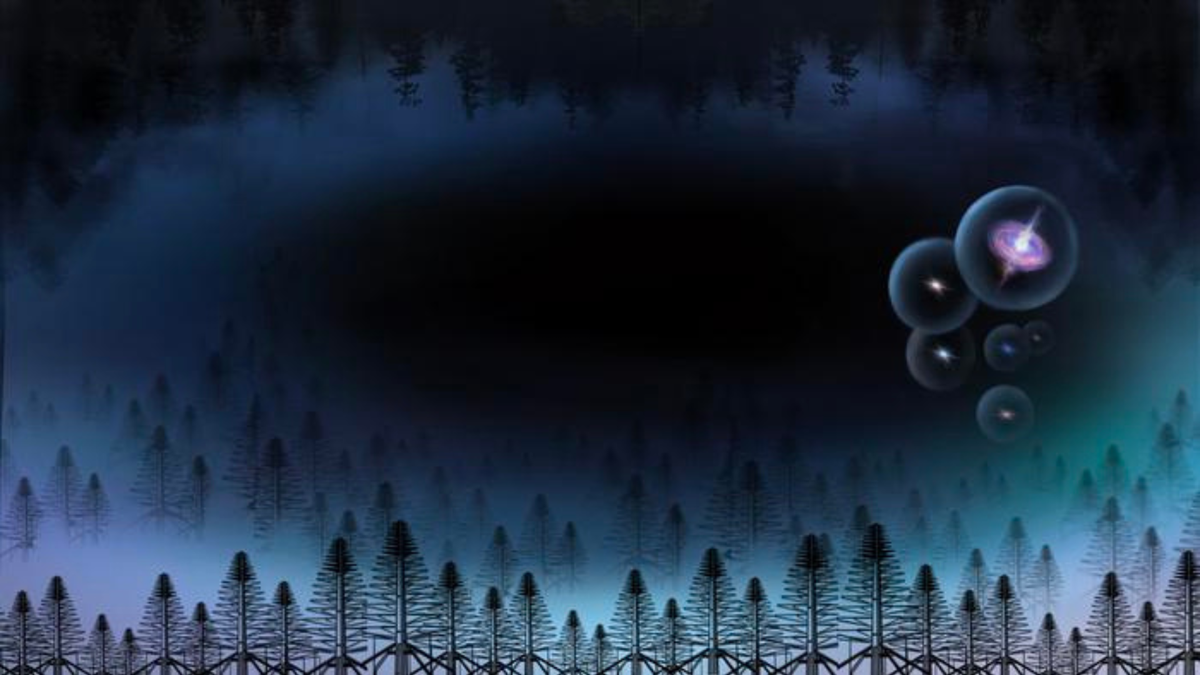

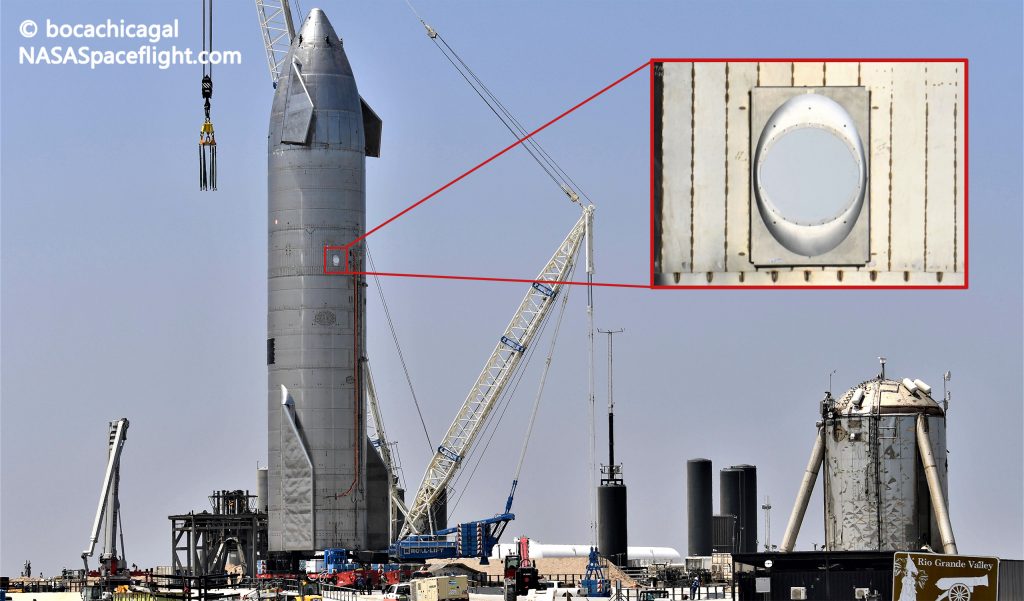
![Les bundles PS5 et Xbox Series X sont disponibles sur GameStop [UPDATE: Sold Out]](https://cdn.vox-cdn.com/thumbor/TRNOGkwP-9WJo6OJdB0e-EeFdk8=/0x146:2040x1214/fit-in/1200x630/cdn.vox-cdn.com/uploads/chorus_asset/file/21990372/vpavic_4261_20201023_0068.jpg)